1) Do Not Skip Suhoor.
It is important not to skip Suhoor and to have it as close to sunrise as possible to maintain your energy level throughout the day.
2) Eat Balance Nutritional Meals
Suhoor meal:
Eat digestible and absorb-able foods which are rich in fiber such as whole-wheat breads, rice, pasta, potatoes and whole wheat grains. These foods give you energy that can last for many hours. Whole-wheat breads and cereals are rich in B vitamins which help release energy from the food you’ve eaten. Eat protein-rich foods together with your complex carbohydrates, such as milk and dairy products that will make you feel full for a longer period.
Iftar meal:
Eat few dates, drink a glass of fresh juice and a bowl of soup. Dates, juices and soups are good sources of carbohydrates and help bring your low blood glucose to normal levels. Liquids (water, juice, soup) also help to maintain the fluid and electrolyte balance in the body and replenish whatever was lost during the day. Eat complex carbohydrate sources, protein from meat, vegetables and fruits for more energy and vitality.
3) Eat Slowly
Aim for a small Iftar with the view to a larger main meal later. You will also feel far more energetic and alert in the evening following iftar. Eat a small plate before waiting 10 minutes and continuing with the meal.
4) Stay Hydrated
Drink at least eight glasses of water every day. Eat fresh fruits and vegetables because they are rich in water and fiber. They stay in the intestines for a long time and reduce thirst. Try not to drink large quantities of water all at once or a lot during a meal.
5) Limit Caffeinated Beverages
Limit caffeinated beverages, such as tea and coffee, between Iftar and Suhoor. Caffeine consumption can promote dependence upon this stimulant during the month, disrupt sleep, and potentially give you a headache the following day. If you struggle with hydration, try Gatorade, a scientifically formulated re-hydration therapy beverage and always remember to drink plenty of water when you have broken your fast.
6) Improve Your Breathing
Three most important rules of thumb are:
The quality of the oxygen we put into our system and our ability to expel CO2 is vital for the long and healthy lives of our cells. The shallower we breathe, the less oxygen reaches our cells, brains and hearts; which as a consequence have difficulty carrying out their functions at the optimal level. This, in turn, causes us to experience fatigue and a state of low energy.
7) Walk After Iftar
Before you fall over from exhaustion after Iftar and dinner, take a short walk around the block or just around your building. The change of environment and exposure to fresh air may just wake you up.
8) Get Sufficient Amount of Rest:
Get sleep for at least 8 hours. If not in one go, then in two lots – night and noon. Take small breaks after each prayer during the day or have small power naps of 10 to 15 minutes to energize yourself.
9) Exercise
It is one of the fastest ways in which our bodies are prompted to breathe deeper. If exercise is done properly – even if it is just brisk walking, it gives you a boost of energy instead of wearing you down. Schedule some exercise into your Ramadan routine, like a short walk after suhoor, to boost your energy levels for the rest of the day.
10) Try to Stay in Shades During the Peak Hours of the Sun.








